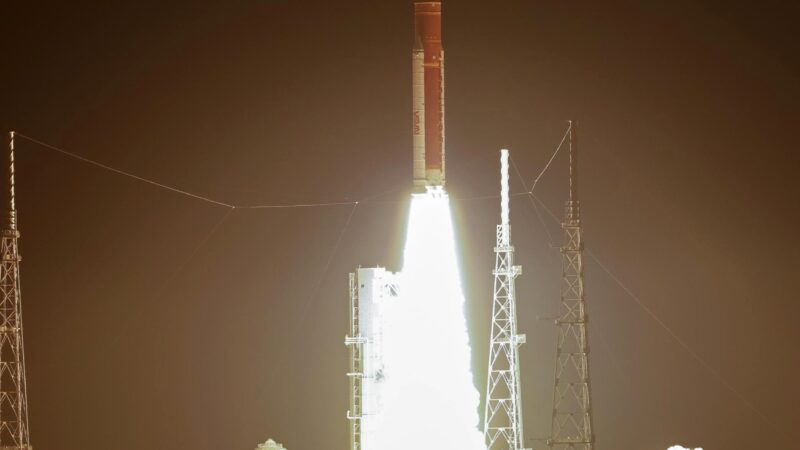Fingerprints ? The James Webb Space Telescope has captured WR 140

Overview
A new image from NASA’s James Webb Space Telescope reveals a remarkable cosmic sight: at least 17 concentric dust rings emanating from a pair of stars. Located just over 5,000 light-years from Earth, the duo is collectively known as Wolf-Rayet 140.[1]

The two stars in Wolf-Rayet 140 produce shells of dust every eight years that look like rings, as seen in this image from NASA’s James Webb Space Telescope. Each ring was created when the stars came close together and their stellar winds collided, compressing the gas and forming dust. Credits: NASA, ESA, CSA, STScI, JPL-Caltech
WR 140
WR 140[2] is a visually moderately bright Wolf-Rayet star placed within the spectroscopic binary star, SBC9 1232, whose primary star is an evolved spectral class O4-5 star. It is located in the constellation of Cygnus, lying in the sky at the centre of the triangle formed by Deneb, γ Cygni and δ Cygni.
WR 140 is thought to be a prototypical example of cosmic dust production. In this mode of cosmic dust production, detritus enriched in silicon and carbon is periodically blown into the wider universe by certain stars toward the end of their lives. Such stars are termed Wolf-Rayets.
The outermost layers of a Wolf-Rayet[3] star are enriched in oxygen, nitrogen, silicon and carbon. Indeed, the spectrographic presence of these elements, along with a notable absence of hydrogen, were one of the original diagnostic criteria for classifying a star as Wolf-Rayet. It is these enriched layers of the photosphere that are lost in repeating pulses. Once distant from the surface, the carbon fraction of this ejected material begins to glow at approximately 1000 K. The heating is due to the star’s UV radiation, the wavelength of its greatest luminosity. This has the effect of rebroadcasting the star’s UV radiation in the infrared, and it is this that is detected by suitable telescopes. The rebroadcast of the star’s UV radiation by carbon and other metals traveling away from its surface creates the signature of a Wolf-Rayet: broad emission spectra rather than the far more common absorption spectra.

Another Wolf-Rayet star——WR 104
Wolf-Rayet stars may seem exotic compared to our Sun, but they may have played a role in star and planet formation. When a Wolf-Rayet star clears an area, the swept-up material can pile up at the outskirts and become dense enough for new stars to form. There is some evidence the Sun formed in such a scenario.
Detail
Each ring was created when the two stars came close together and their stellar winds (streams of gas they blow into space) met, compressing the gas and forming dust. The stars’ orbits bring them together about once every eight years; like the growth of rings of a tree’s trunk, the dust loops mark the passage of time.
“We’re looking at over a century of dust production from this system,” said Ryan Lau, an astronomer at NSF’s NOIRLab and lead author of a new study about the system, published today in the journal Nature Astronomy. “The image also illustrates just how sensitive this telescope is. Before, we were only able to see two dust rings, using ground-based telescopes. Now we see at least 17 of them.”
In addition to Webb’s overall sensitivity, its Mid-Infrared Instrument (MIRI) is uniquely qualified to study the dust rings – or what Lau and his colleagues call shells, because they are thicker and wider than they appear in the image.

W. M. Keck Observatory
In comparison with the Keck Observatory[4], Weber once again demonstrated its frightening observational power. Keck, which claims to be one of the most powerful telescopes on the surface of the Earth, captured only two innermost rings around WR 140, while Webb captured 17.
References:
[1]Star Duo Forms ‘Fingerprint’ in Space, NASA’s Webb Finds | NASA











Good job!